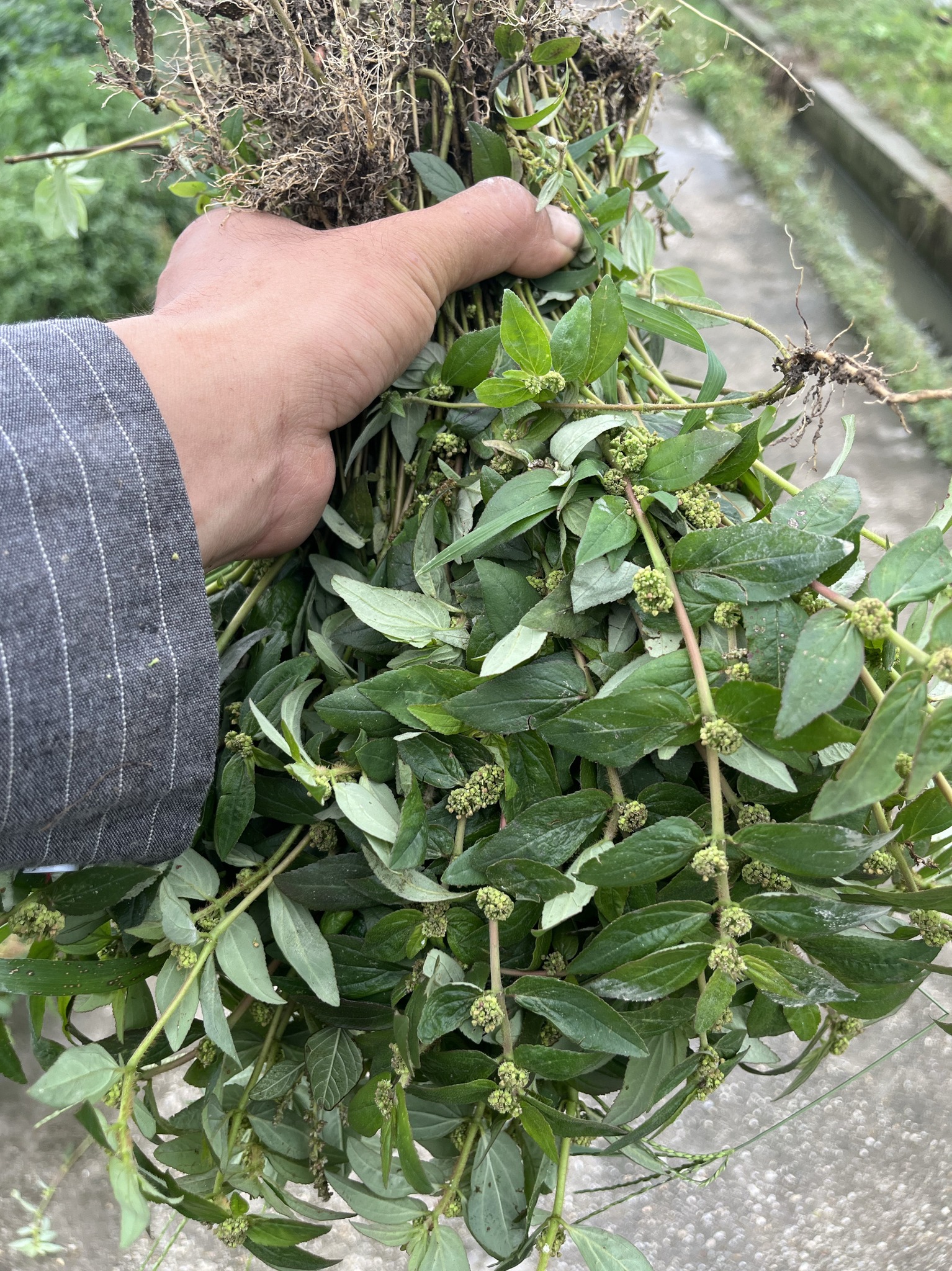ADVERTISEMENT
### **6. Skin Rashes and Wounds**
Milkweed’s anti-inflammatory and antimicrobial properties help treat skin irritations, rashes, and minor cuts. It can be used topically to reduce redness and promote healing.
### **7. Headaches and Migraines**
Milkweed’s analgesic properties make it an effective remedy for headaches and migraines. Drinking milkweed tea or using a milkweed poultice on the forehead may help alleviate pain.
### **8. Asthma and Respiratory Conditions**
By soothing the respiratory system and reducing inflammation, milkweed can be helpful in managing asthma and other respiratory conditions, such as bronchitis and pneumonia.
### **9. Cold and Flu Symptoms**
Milkweed can help alleviate cold and flu symptoms, including sore throat, cough, and congestion. It can also boost the immune system, helping you recover faster from illness.
### **10. Insect Stings and Bites**
Applying a milkweed poultice to insect stings or bites can help reduce swelling, irritation, and pain. Its antimicrobial properties also help prevent infection.
### **11. Eczema and Psoriasis**
For individuals with skin conditions such as eczema or psoriasis, milkweed can help soothe the skin, reduce itching, and promote healing.
### **12. High Blood Pressure**
Mild consumption of milkweed has been linked to reducing blood pressure, helping individuals with hypertension manage their condition.
### **13. Stress and Anxiety**
The calming properties of milkweed can help reduce stress and anxiety. It is often used in traditional medicine as a mild sedative to promote relaxation and alleviate mental tension.
—
## **How to Use Large-Leaf Milkweed for Healing**
While milkweed can be an incredibly effective natural remedy, it’s important to use it correctly. Here are some common methods of preparing milkweed for medicinal purposes:
### **1. Milkweed Tea**
To prepare milkweed tea, use dried milkweed leaves or flowers. Steep 1-2 teaspoons of dried leaves in a cup of boiling water for 10-15 minutes. Strain and drink once or twice a day to alleviate cough, congestion, and digestive issues.
### **2. Milkweed Poultice**
For topical applications, make a poultice by crushing fresh milkweed leaves and applying them directly to the affected area. Leave the poultice on for 15-20 minutes, then remove. This can help treat rashes, wounds, and inflammation.
### **3. Milkweed Tincture**
A milkweed tincture can be made by steeping the plant’s leaves or flowers in alcohol for several weeks. This concentrated form of milkweed can be taken in small doses (a few drops in water) to help with pain, digestive issues, or respiratory conditions.
—
## **Conclusion: The Miraculous Benefits of Large-Leaf Milkweed**
Large-leaf milkweed is a natural powerhouse with a wide range of healing properties that can help treat many common ailments. Whether you’re dealing with pain, inflammation, respiratory issues, or digestive discomfort, milkweed offers a gentle and effective solution. With its historical use in traditional medicine and modern research supporting its benefits, this remarkable plant deserves a place in every herbalist’s toolkit.
Before using milkweed for medicinal purposes, however, it’s important to consult with a healthcare provider, especially if you’re pregnant, breastfeeding, or have pre-existing conditions. When used properly, large-leaf milkweed can be an invaluable ally in supporting your health and well-being.
ADVERTISEMENT
ADVERTISEMENT
